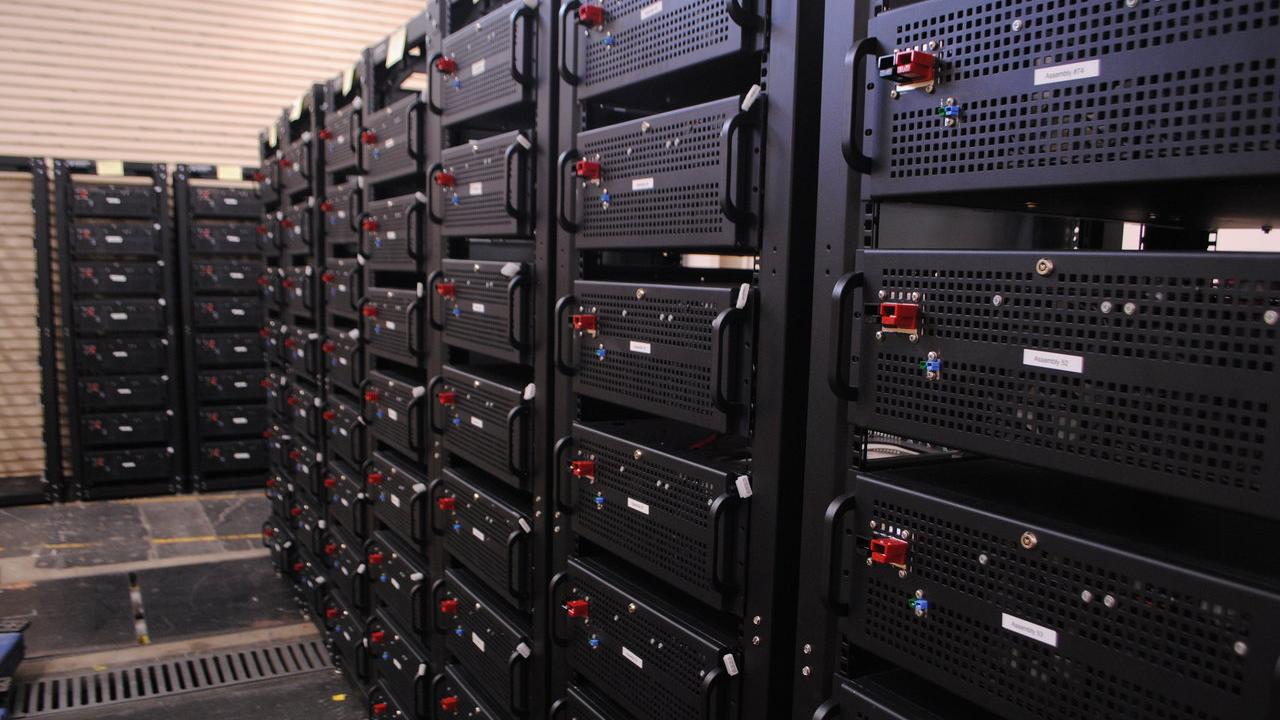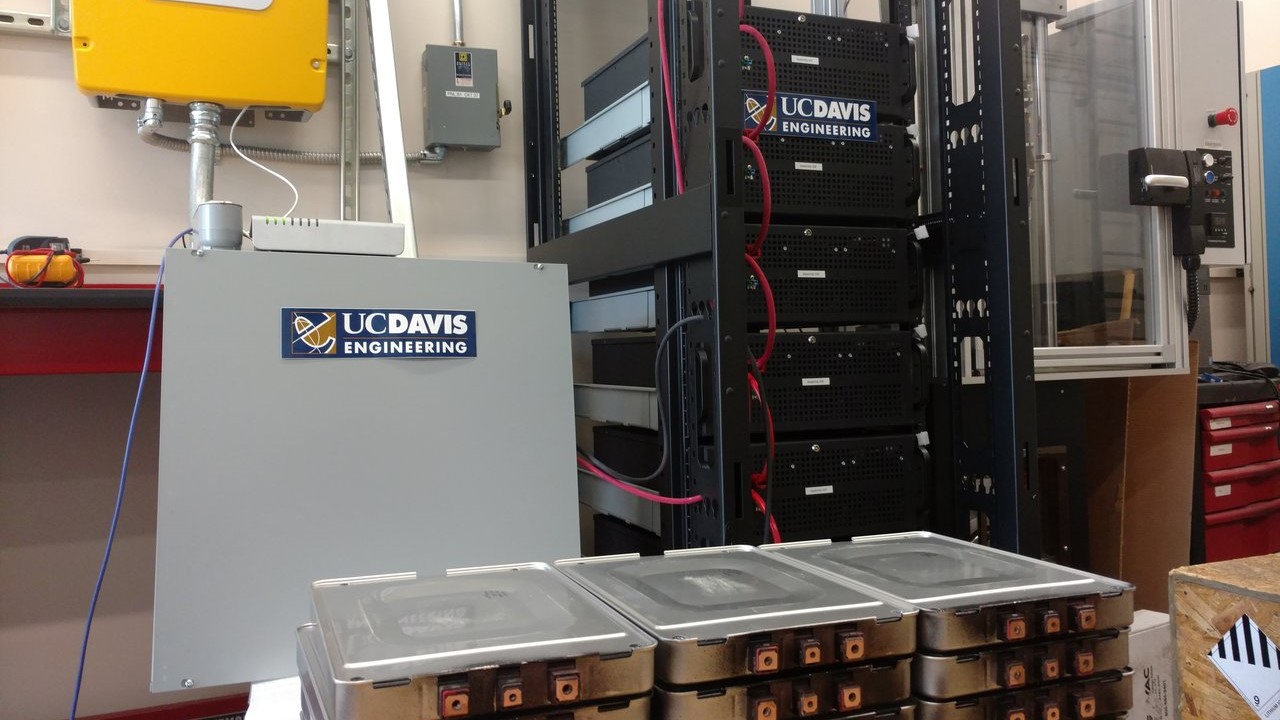
Giving Electric Car Batteries a Second Life
Though electric cars are great for the environment, the batteries they use are not. Because recycling is extremely expensive, they end up thrown into storage at car dealerships or buried in landfills. As electric cars become an increasingly large part of the market, Mechanical and Aerospace Engineering Professor Jae Wan Park and his lab have found an inexpensive and environmentally-friendly solution to this problem by giving these batteries a second life in electrical energy storage systems for renewable energy power grids.
Solar and wind energy are sustainable, but because it’s not always windy or sunny, effectively storing this energy is essential to making them viable and helping California achieve its goal of completely running on renewable energy by 2045. Park’s system not only does this, but it does it at significantly less cost than current systems while solving the used electric car battery problem.
“If our second-life system gets support, the cost will become virtually $0,” said Park. “That means anyone can install the solar energy storage.”
From Electric Car to Battery Pack
Electric car batteries end life in a car with about 70% of their original capacity. While that isn’t usable on the road, it’s still a lot of energy going to waste, so that got Park thinking about ways to re-use them. Right before the advent of electric cars entering the market in 2010, he bought an electric car battery on eBay, built an energy storage system with it and wrote a successful proposal that kicked off this research.
After almost a decade of research, his team finally has the process down. First, they receive electric car batteries, usually from Nissan, and disassemble them to get to the battery cells. Then, they determine their state-of-health, or how much of their original charging capacity they have, before re-assembling them into the battery pack.
The last and most crucial step is installing battery management systems—which monitor and control temperature, current and voltage—and control systems, which take that information and make decisions about when to charge, discharge or remain idle. These systems ensure that charge is maintained evenly and that the system is running efficiently.
“When you connect the batteries in a series, you have to maintain their state of charge evenly,” said Park. “Otherwise, it’ll end up with over discharging for some low state of charge cells and overcharging for some higher state of charge cells because they have the same currents.”

Success and Commercialization
Park already has several of his battery packs in operation, most notably at the Robert Mondavi Institute Winery’s microgrid on campus. He estimates that his systems can run reliably for 7-8 years with only 15-20% more loss in capacity due to the favorable conditions of his system.
“We control the temperature in a very narrow range and our charging/discharging rate is consistent and very low in comparison to electric cars, so these are very favorable conditions to extend [the batteries’] lifetimes,” he said.
In 2018, Park decided to commercialize this idea and founded RePurpose Energy with his graduate students Ryan Barr and Joseph Lacap, who have become COO and CTO, repectively.
2019 has seen a lot of success for the young company. RePurpose won the UC Davis Institute for Innovation and Entrepreneurship’s Big Bang! Business Competition, finished first in the UC Berkeley Big Ideas Contest and Pitch Day and received a $150,000 grant from the California Energy Commission’s sustainable energy program.
"Though we are pursuing profit, we also think about the environment," said Park. “This is probably the most environmentally-friendly solution and also the most affordable."
